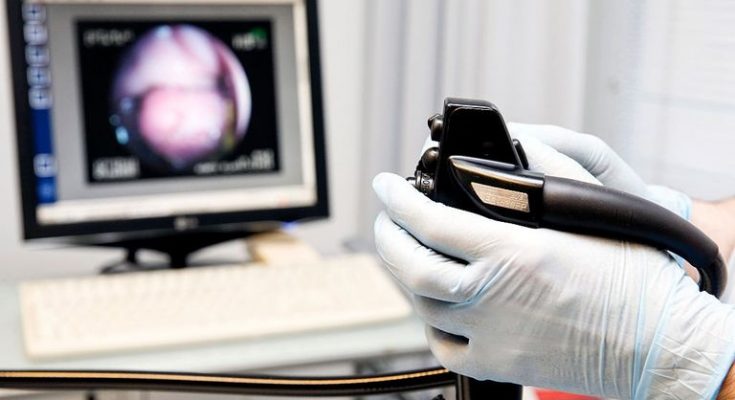An upper endoscopy, additionally known as esophagogastroduodenoscopy or EGD, is a procedure used to figure out the cause of food poisonings and signs consisting of Barrett’s esophagus, heartburn, and the visibility of Hiatal hernias, unusual anemia, the cause of abdominal discomfort, as well as the reason for ingesting problems, top GI bleeding, and the existence of tumors or ulcers. A top endoscopy allows your physician to examine the lining of the upper part of your stomach tract that includes the esophagus, tummy as well as duodenum, initial portion of the small intestine.
This treatment is the best option for a doctor to determine the root cause of bleeding in the upper gastrointestinal system, and it is likewise extra accurate than an x-ray for spotting swelling, ulcers as well as lumps of the esophagus, stomach, and duodenum. Your doctor may use top endoscopy to acquire a biopsy, small cells samples, to distinguish between benign as well as malignant, meaning cancerous, cells.
Preparing for an Upper Endoscopy
Your doctor will provide you a particular guideline to follow to prepare for your top endoscopy. Generally, because a vacant tummy enables the best as well as safest examination, you will be instructed to not consume or consume, except water, for roughly six hours before your procedure.
What Takes place Throughout an Upper Endoscopy?
You will rest on your left side, and an intravenous, IV, sedation is utilized during a top endoscopy. As soon as the sedation takes effect, your physician will pass a lighted, versatile endoscope right into your mouth. A plastic mouth guard is typically used to secure the endoscope, for example, Karl Storz, orally. A tiny camera at the suggestion of the endoscope will transfer images to a display for your physician to watch. If your medical professional is making use of tools to obtain a biopsy, he/she will utilize the screen to lead the tools utilized.
At the end of the test, the endoscope is slowly taken out. The treatment takes around 5 to 20 minutes, depending on why the test is being performed as well as what your medical professional finds.




